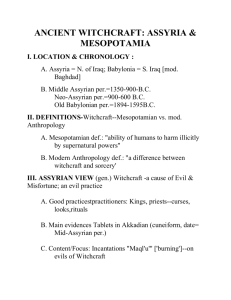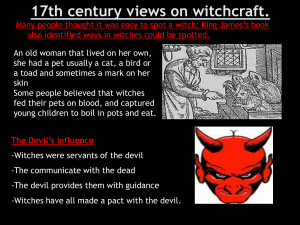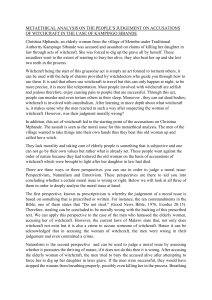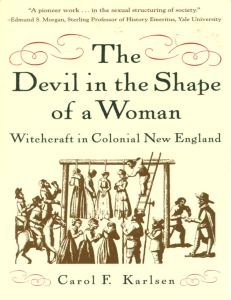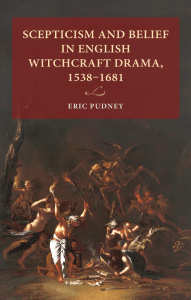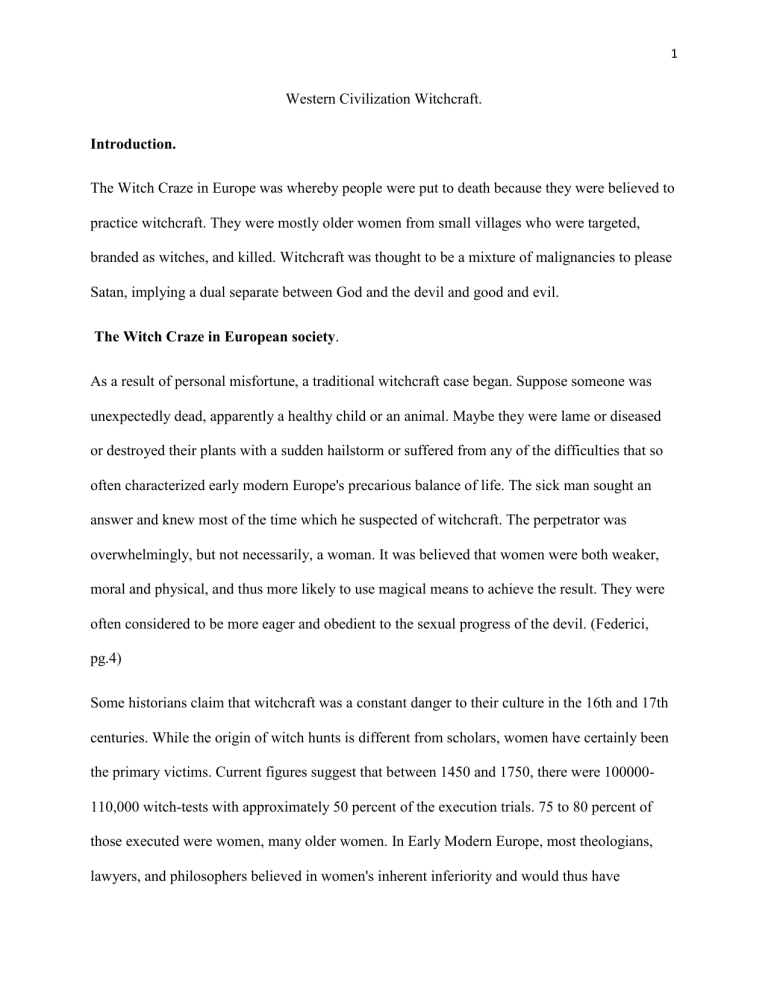
1 Western Civilization Witchcraft. Introduction. The Witch Craze in Europe was whereby people were put to death because they were believed to practice witchcraft. They were mostly older women from small villages who were targeted, branded as witches, and killed. Witchcraft was thought to be a mixture of malignancies to please Satan, implying a dual separate between God and the devil and good and evil. The Witch Craze in European society. As a result of personal misfortune, a traditional witchcraft case began. Suppose someone was unexpectedly dead, apparently a healthy child or an animal. Maybe they were lame or diseased or destroyed their plants with a sudden hailstorm or suffered from any of the difficulties that so often characterized early modern Europe's precarious balance of life. The sick man sought an answer and knew most of the time which he suspected of witchcraft. The perpetrator was overwhelmingly, but not necessarily, a woman. It was believed that women were both weaker, moral and physical, and thus more likely to use magical means to achieve the result. They were often considered to be more eager and obedient to the sexual progress of the devil. (Federici, pg.4) Some historians claim that witchcraft was a constant danger to their culture in the 16th and 17th centuries. While the origin of witch hunts is different from scholars, women have certainly been the primary victims. Current figures suggest that between 1450 and 1750, there were 100000110,000 witch-tests with approximately 50 percent of the execution trials. 75 to 80 percent of those executed were women, many older women. In Early Modern Europe, most theologians, lawyers, and philosophers believed in women's inherent inferiority and would thus have 2 considered that women would be more witchcraft-prone. Decrease The witchcraft hysteria started to subside in the mid-seventeenth century. The devastation brought about by the religious wars obliged people to embrace a reluctant tolerance and tempered religious passions. At the turn of the 18th century, more and more educated people challenged conventional religious attitudes. They felt it was unreasonable to believe in the old idea of a world of evil spirits. (Spielvogel, pg.447-448) Conclusion. But it disappeared as soon as the bruise broke out. The witches were not gone, but the context had shifted. The tensions that fuel it started to diminish. Europe endured more excellent stability, less inflation, and fewer visits to the plague in the mid-17th century. The religious wars came to an end, and religious borders seemed more defined. Men no longer regarded the elite as agents of the devil, thousands of elderly, weak, widowed women, and an inevitable risk for a Christian world's survival. The scientific revolution, progress in medical thinking, and ideas of a more intelligent and organized society all undermined the panic that so violently flared. Works cited Federici, Silvia. Witches, witch-hunting, and women. PM Press, 2018. 3 Spielvogel, J. J. (2020). Western civilization. (p.447-448). Belmont; Wadsworth



